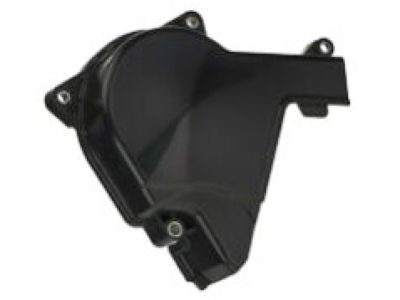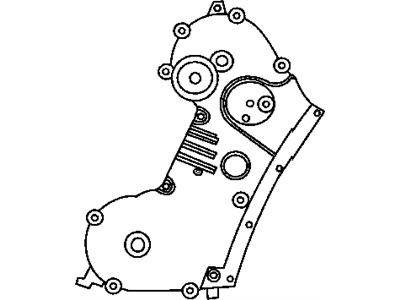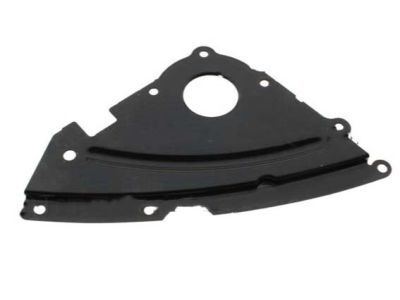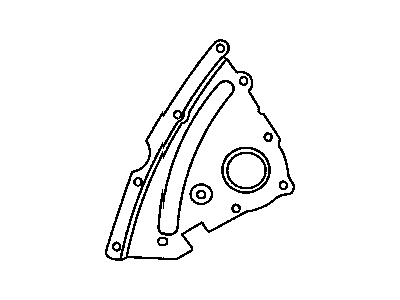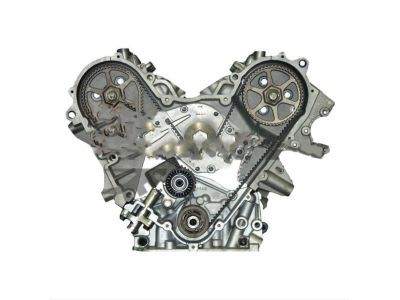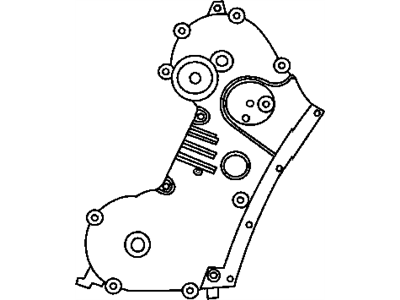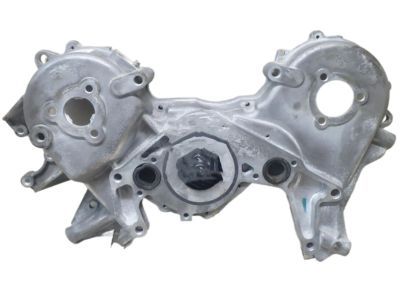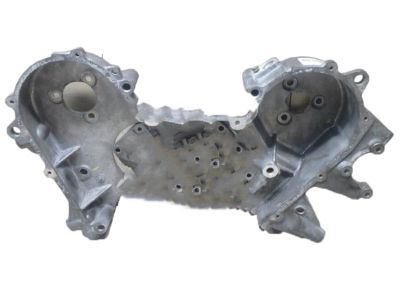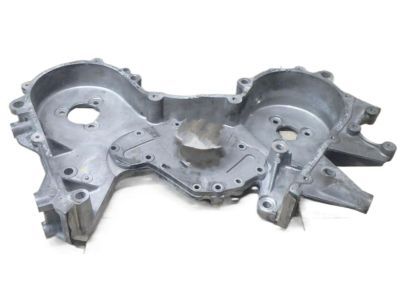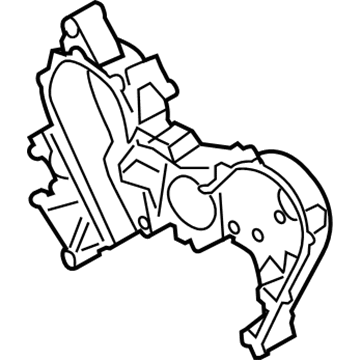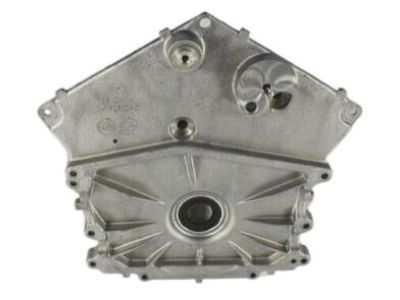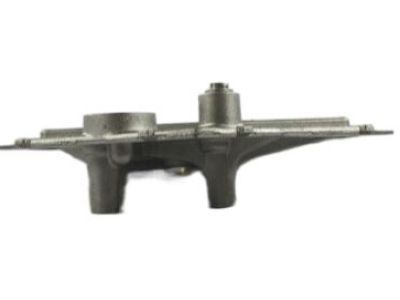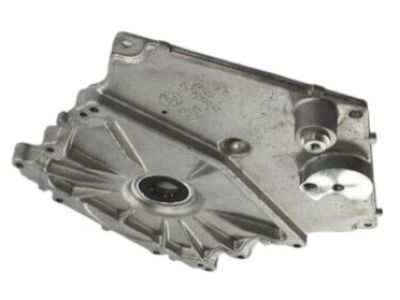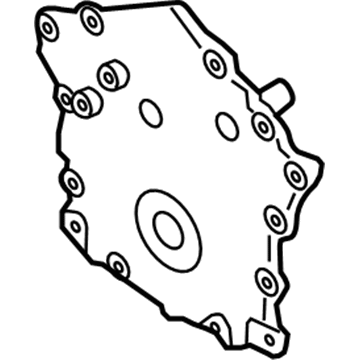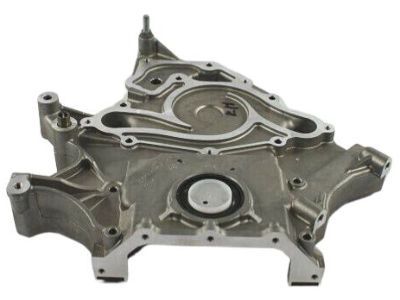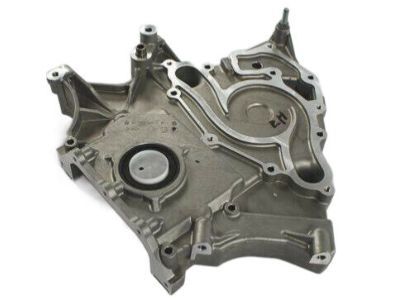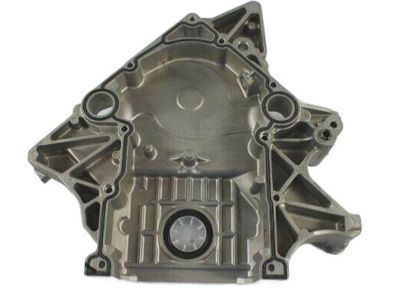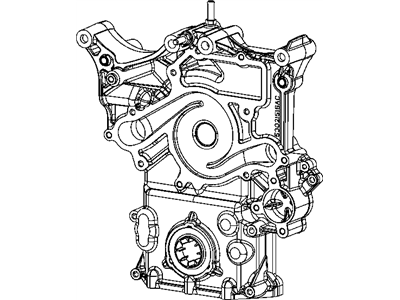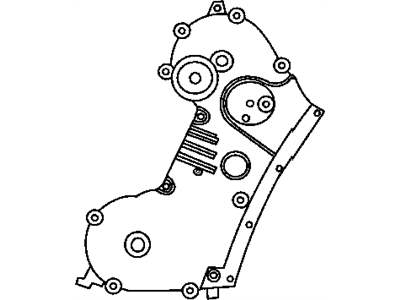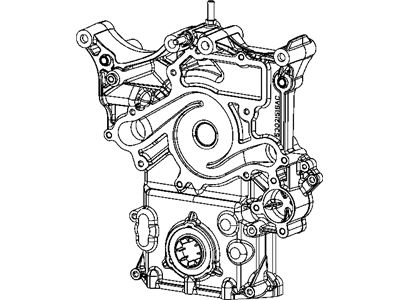
My Garage
My Account
Cart
Genuine Dodge Magnum Timing Cover
Engine Timing Cover- Select Vehicle by Model
- Select Vehicle by VIN
Select Vehicle by Model
orMake
Model
Year
Select Vehicle by VIN
For the most accurate results, select vehicle by your VIN (Vehicle Identification Number).
10 Timing Covers found
Dodge Magnum Timing Cover
The Timing Cover of Dodge Magnum vehicles is very vital in protecting the engine's timing mechanism which can be comprised of a timing belt, timing chain or cam belt. Aluminum, plastic or steel are examples of material used in constructing the Timing Cover to shield gears' sensitive teeth from dirt and debris. Most Dodge Magnum Timing Covers come with with gaskets to boost the cover's durability as well as that of the timing belt. Although Timing Covers are very strong and long-lasting, they might also fail at any time and this makes servicing replace the Timing Covers very crucial for the safety of the vehicle. Through the several years, several designs of the Timing Covers have been used in produced Dodge Magnum vehicles with the primary function of protection while may also bring certain differences in the materials used or parts added. Owing to this, proper servicing and especially replacement of the damaged Timing Cover should be done as soon as possible to enhance longevity and performance of the Dodge Magnum.
Looking for affordable and high-quality auto parts? Then you have already arrived at the proper online shop. We offer all Dodge Magnum Timing Cover at great affordable prices. Moreover, all genuine Dodge Magnum Timing Cover come with a manufacturer's warranty. In the long run, you would realize you have saved a lot of trouble and money with OEM parts from here.
Dodge Magnum Timing Cover Parts Questions & Experts Answers
- Q: How to remove and reinstall the timing chain and Cover on Dodge Magnum?A:Take off the cable from the negative terminal of the battery. Remove coolant from cooling system and engine oil also. Take away such components as engine cover, air filter housing, air intake duct, drivebelt, engine cooling fans and air conditioning compressor. Then there are alternator, drivebelt tensioner, idler pulleys, vibration damper and power steering pump to be removed. Get dipstick tube, oil pan, pickup tube, heater hoses, water pump, timing cover bolts and front cover out of the way. Remove an oil pump too. Reinsert a bolt in the end of the crankshaft, now turn it until it puts a crankshaft sprocket timing mark at 6 o'clock position and camshaft timing mark at 12 o'clock position. Withdraw a tensioner and install a drill bit to secure it in this retracted place. Remove all traces of old gasket material or sealant from your shop rag that is plugged into an opening at front side portion of oil pan's drain hole. Run screwdriver blade between lower edge of oil pan's sealing surface on an engine block as well as upper edge of old gasket material or sealant compressing tensioner spring. The appropriate tightening sequence for these bolts on each side needs to be followed here. Drain plug should not be over tightened or it will make removal difficult later when changing fluids. Fill coolant reservoir slowly with thirty percent ethylene glycol solution to avoid possible overheating which may occur due rapid change in temperature. Run in engine and inspect for leaks. Do not run without radiator cap installed if coolant has reached operating temperature first. Therefore all nomenclature mentioned above can be used interchangeably. Transmission fluid is checked using special probes or sensors installed. Transmission fluid level is checked under vehicle running conditions. Techs should check transmission fluid while vehicles are performing operations. Similarly, transmission fluid should be determined with regard to many factors including how often you run car. Transmission fluid should be checked as part of preventive maintenance routine. Transmission fluid level is determined by variations in temperature. Transmission fluid is supposed to be changed once a while. It is advised that transmission fluid can only be analyzed using dipstick which can measure the amount of fluid in it. Hence, transmission fluid should only be examined using dipstick.
